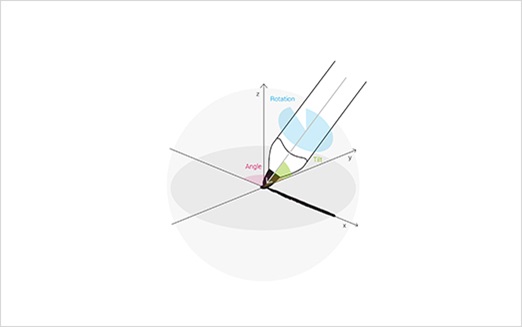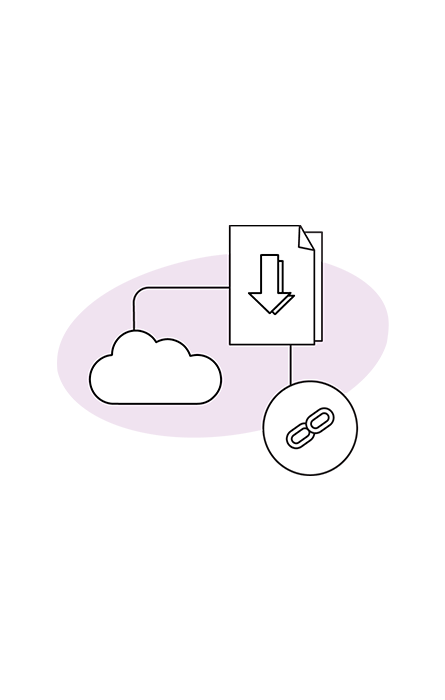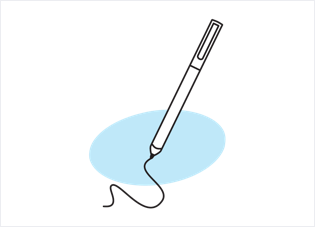
Overview
The Wacom Ink Layer Language (WILL™) is a cross-platform digital ink technology. It has been designed to enable digital ink in ways that benefit end users, and to enable maximum creativity for developers in creating premium digital ink applications.
The WILL™ SDK for ink supports a variety of input technologies and generates the highest quality, most attractive digital ink outputs It also provides platform-specific packages for iOS, Android, Windows UWP and Web.
The platform packages provide deep integration with the hosting platform and platform-specific language bindings for all modules in the software library. Additional integrations can be supported on request via a partnership contract.
Your benefit: You can innovate digital ink functionality for all these platforms with minimum effort, while simultaneously maximizing the business opportunity for your app.
The WILL™ SDK for ink gives you access to the key functionalities you need to develop your app.
- Ink geometry pipeline and rendering - To convert sensor data from an input device into a geometry which is rendered by platform specific rendering engine
- Ink serialization - To exchange the rendering results, the collected sensor data, and relevant metadata, the Universal Ink Format is used to serialize and de-serialize the information
- Ink manipulation - To manipulate the generated geometry, the ink manipulation operations can scale, move, rotate, and erase ink strokes (including exact split).
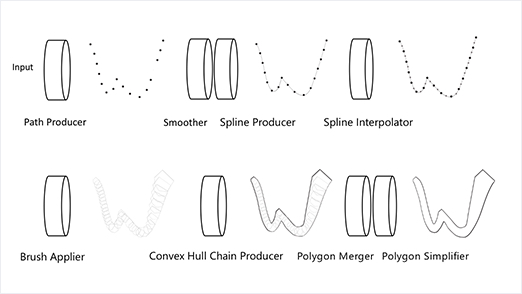
The WILL™ SDK for ink has been based on the principle of interoperability. In practice, this means a focus on the following four elements.
Natural ink rendering
To deliver an outstanding experience, digital ink has to look natural and provide an equivalent visual impact to real ink. To ensure the visualization of digital ink can be shared across platforms accurately, WILL contains all the relevant data required to present ink in a consistent way.

Active ink capabilities
Because content is displayed in different ways depending on the device, application or cloud-platform being used, WILL ensures your app can support variations in the presentation of ink accordingly.
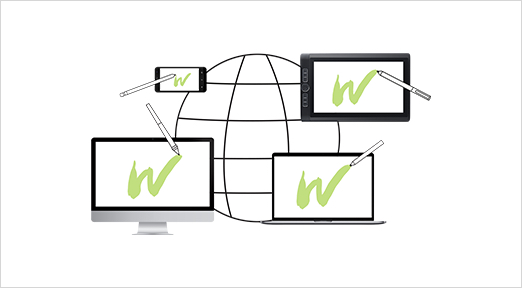
Metadata and semantics
Digital ink metadata are needed to describe variables including the document type and author, ink document structure, intellectual property management and resource preservation. The WILL™ SDK for Ink supports all of these standard types of metadata.
Increasingly, metadata is also being used for semantics, enabling meaning to be extracted from digital ink. Typically, this means linking words written using digital ink to related web-based information as they are created. WILL also defines its own semantic metadata for ink.
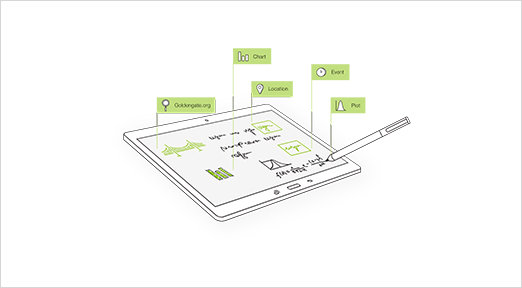
Sensor data and biometrics
The Universal Ink Model that powers the WILL™ SDK for ink also supports the capture of sensor data from digital pens. For example, this data can include:
- Pressure - the force applied to the nib of the pen
- Inclination - the angle between the pen barrel and vertical
- Orientation - the plain-direction of the pen from the nib
- Rotation - the rotation of the barrel during signing
Unlike some other digital ink technologies, WILL stores the data exactly as it is supplied by the device. This ensures that the device determines data accuracy, which cannot be compromised when it is converted from its raw form. In addition to the pen-sensor data, contextual data, such as the date and time the ink was created, is collected and stored with the ink.
This can be created when, for example, the authenticity of a signature created using digital ink, needs to be verified.
